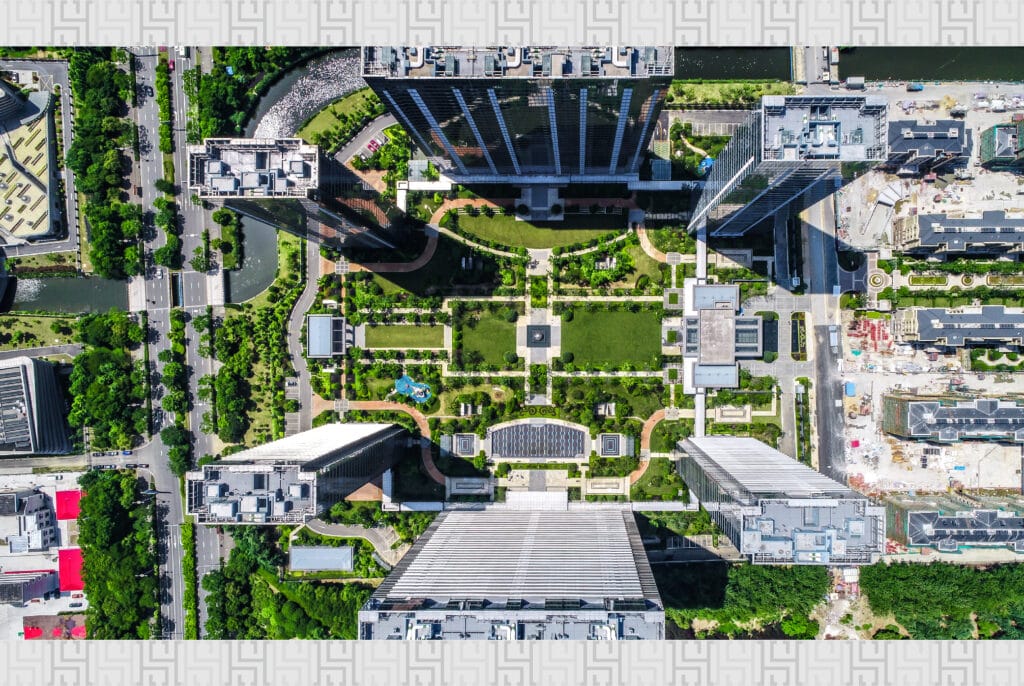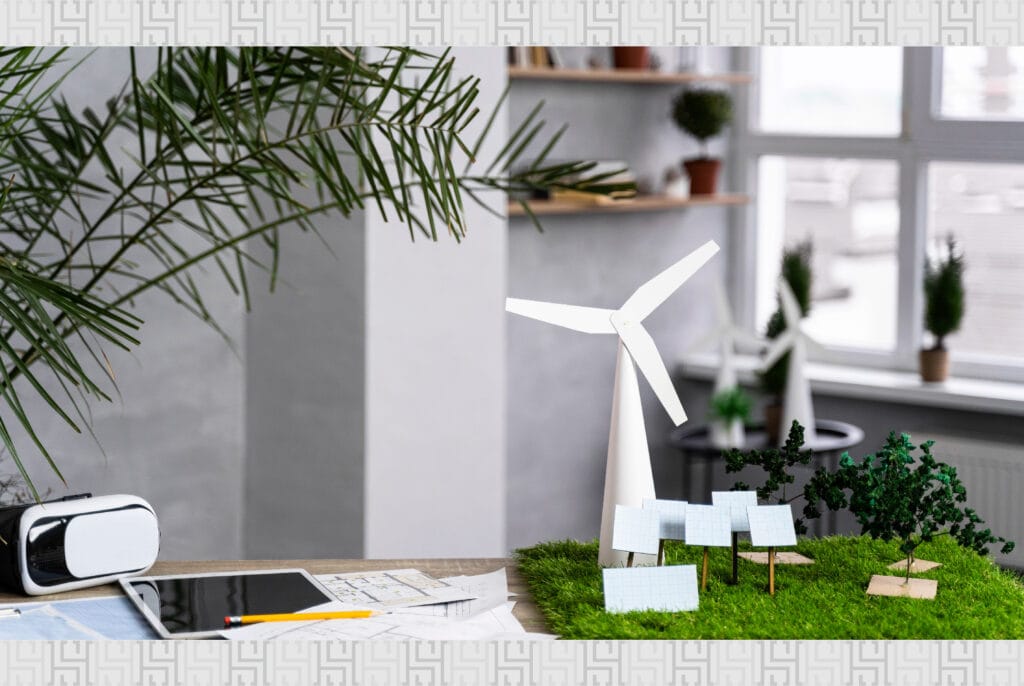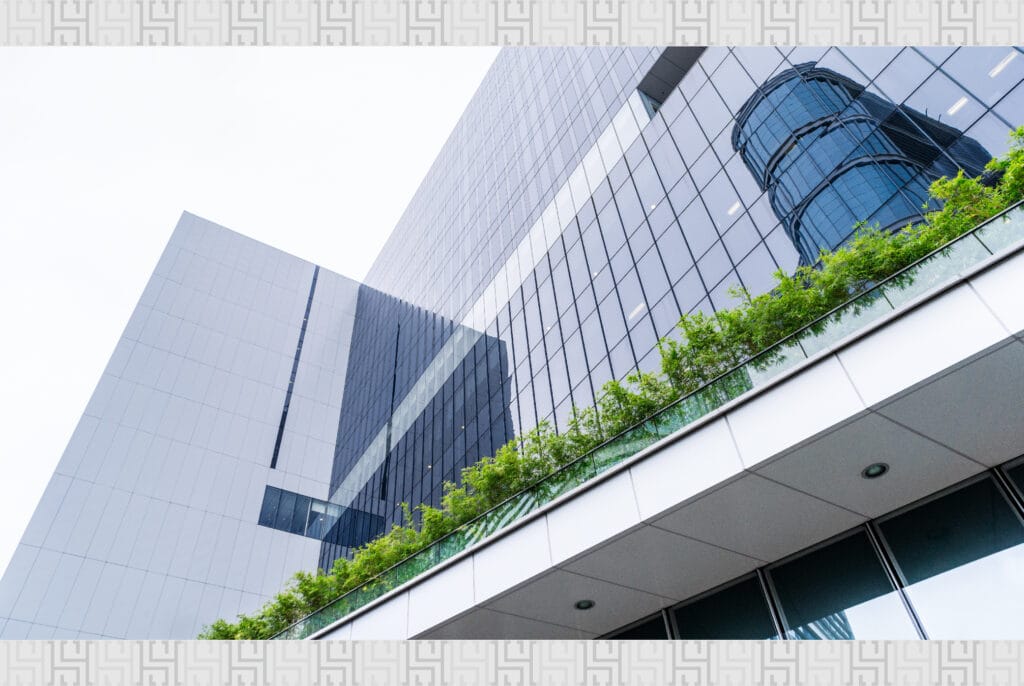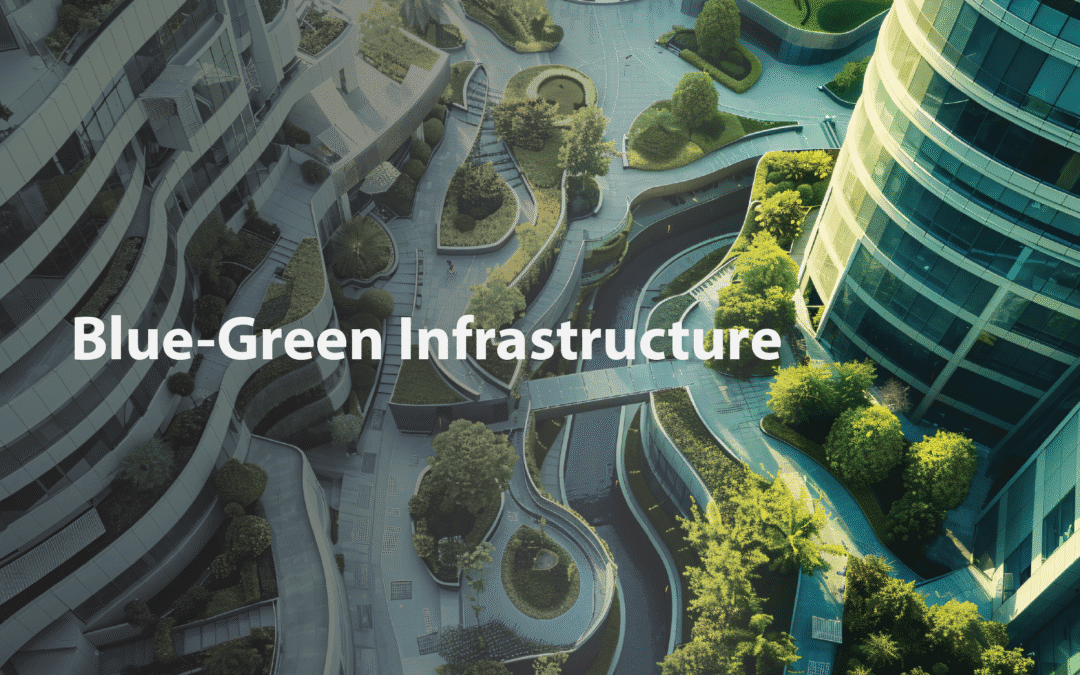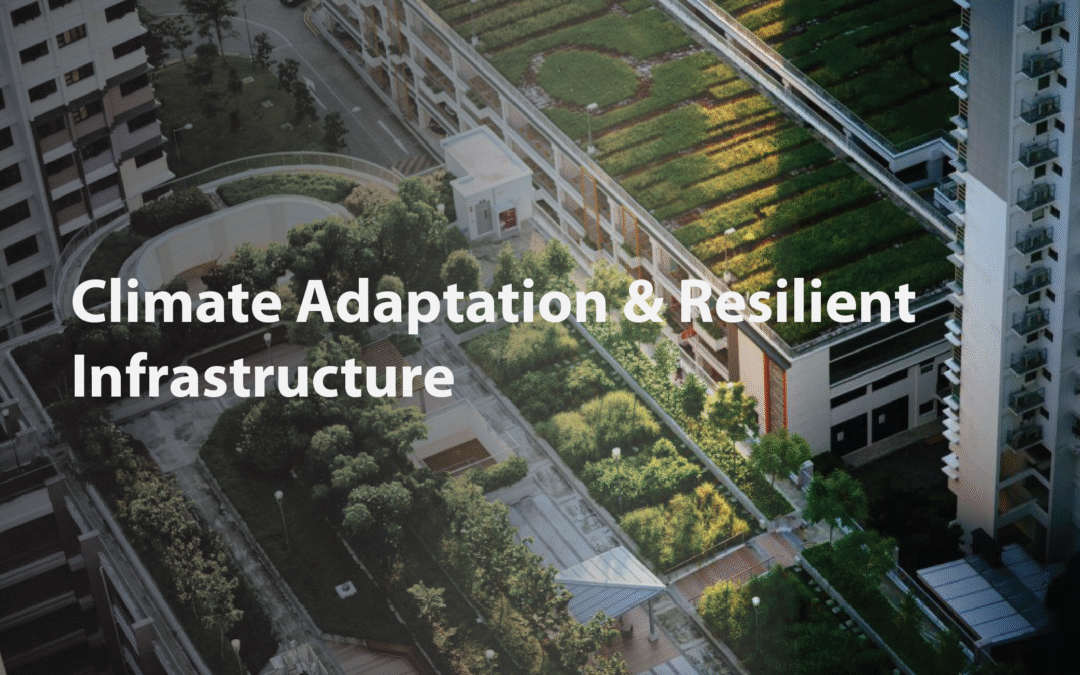What are Net-Zero Buildings?
With an increasingly environmentally conscious world, net-zero buildings are now a requirement rather than a niche idea. A net-zero building produces the same amount of energy that it uses throughout the year. This balance represents a new level of carbon-neutral building ready for growth. Projections show that the global net-zero construction market will exceed $416 billion by 2037. This trend highlights the movement towards climate-responsive architecture.
The 3 Pillars of Net-Zero Buildings Design
To achieve a net-zero energy building, there has to be a holistic and thorough design strategy on three pillars of ground:
Drastic Energy Efficiency:
The first step in achieving net-zero energy is to minimize the energy needs. By reducing overall demand, on-site production will be kept to a bare minimum, making the goal of net-zero buildings viable and cost-effective. Necessary steps are:
- Passive House Standards: There is additional insulation, high-performance windows, and air-tight construction to reduce heat loss and gain.
- Energy-Efficient Building Design: Architects can incorporate passive design principles in designing building orientation and window placement to let in maximum natural light and ventilation, thus reducing the consumption of artificial lighting and HVAC systems.
- Advanced Materials: New technologies, such as smart glass, can change tint to control solar heat. Meanwhile, carbon-absorbing concrete lowers the building’s embodied carbon.
On-Site Renewables:
Reducing energy load offers an opportunity to provide the remaining demand using clean, on-site energy. Renewable power sources are the key to that.
- Solar Power: PV rooftop panels are the most common solution. New technologies, such as PV glass, permit a whole building front to be powered.
- Geothermal and Wind: Depending on the location and project, geothermal heat pumps and small-scale wind turbines can provide power.
Smart Building Systems:
The third pillar involves incorporating technology to manage and improve a building’s energy performance.
- AI-Driven Energy Management: Intelligent building management systems (BMS) utilize sensors and data analysis to track energy usage and automatically improve systems, such as dynamic HVAC optimization, preventing energy waste, and keeping the building running efficiently.
- Predictive Maintenance: Smart systems can also forecast maintenance needs. This ensures that equipment operates well and helps avoid expensive repairs that could disrupt energy performance.
The Benefits of Net-Zero Buildings
Net-zero buildings offer benefits, making them the best choice for businesses to lower their environmental impact and reduce energy costs.
Eco-Friendly
Building net-zero energy structures supports sustainable living and helps create a cleaner, healthier environment for everyone.
Economically Advantageous
Although the initial cost of these buildings may be higher than traditional ones, the long-term savings on energy bills make them a smart investment. With rising energy prices and incentives from governments and utility companies, net-zero buildings can offer many financial advantages.
Comfortable For Occupants
The energy-efficient design and technology in net-zero buildings provide a comfortable environment. With consistent indoor temperatures and good air quality, these structures create a healthier place for living.
Mitigates Climate Change
By producing clean energy on-site, net-zero energy buildings lessen the dependence on fossil fuels and lower carbon emissions, making them an essential part of the effort to combat climate change. As more buildings follow this approach, they will have a great effect on reducing our environmental impact.
Challenges in Achieving Net-Zero Buildings
While the net-zero energy buildings offer numerous advantages, they come with challenges, including:
- Higher Initial Costs: Advanced technologies and materials can be costly upfront.
- Skilled Expertise Requirement: Designing and constructing NZEBs require collaboration with experienced architects and engineers.
- Limited Renewable Resources: In some regions, consistent access to renewable energy can be challenging.
The Business Case: Breaking the Net-Zero Myth
Many people believe that net-zero construction is too expensive. While the upfront costs may be higher, the savings over time and other benefits offer a strong return on investment.
- Cost Savings: Net-zero buildings can lower energy bills by 40 to 60%. A recent NREL study shows significant savings throughout the building’s life, resulting from lower operational costs due to a highly efficient building design and on-site power generation.
- Regulatory Push & Tax Incentives: The rules around construction are changing quickly. In the EU, all new public buildings must be “zero-emission” by 2028, and all new buildings must meet this standard by 2030. In the US, new federal buildings must stop using fossil fuels on-site by 2030. This shift in regulations often includes tax incentives for private companies, making net-zero renovations and new builds more appealing financially.
- Improved Brand and Image: Adopting new technologies and focusing on climate-friendly architecture enhances a company’s reputation. It also helps attract talented employees and appeals to a growing market of environmentally aware clients and partners.
Net-zero buildings are not just a future goal; they are a necessity today. Developers, architects, and engineers who want to take the lead in sustainable construction must act now.
Are you interested in the benefits and chances of net-zero construction? Reach out to us at HS Group or Infra Construction.
FAQ
1- Are Net-Zero Buildings Completely Off-Grid?
No, this is a common misconception. Most net-zero buildings are connected to the grid. They use the grid like a big battery. They send excess solar power to the grid during sunny days and draw power from it at night or when it is cloudy. Being off-grid is a different idea that needs on-site battery storage.
2- What is the Difference Between a Net-Zero Building and a Green Building?
A green building is a broad term that includes aspects of sustainability, water conservation, indoor air quality, and waste reduction. A net-zero building is a type of green building that focuses specifically on achieving a neutral energy balance. While most net-zero buildings are also green buildings, not all green buildings are net-zero.
3- How Much More Do Net-Zero Buildings Cost?
The construction cost for a net-zero building can be 5-10% higher than for a conventional building. These green premium covers better insulation, higher-quality windows, and a solar panel system. However, this initial investment will be recovered over time through much lower (or even non-existent) energy bills.
4- Are Net-Zero Buildings Worth It Financially?
For most owners, yes. While the initial cost is higher, the long-term savings are significant. With no energy bills, the payback period for the investment can be as short as 5 to 10 years. After that, the building generates “free” energy for its entire lifespan. They also have a higher resale value and are shielded from future energy price hikes.
5- Can You Make an Existing Building Net-Zero?
Yes, it’s called a “net-zero retrofit.” The process involves two main stages: Deep Energy Retrofit. First, you improve the building’s efficiency by adding insulation, sealing air leaks, upgrading to high-performance windows, and replacing old HVAC systems and appliances with energy-efficient models. Adding Renewables: Once the energy consumption is as low as possible, you install a solar panel system sized to meet the new, lower energy demand.
6- Do Net-Zero Buildings Work in Cold Climates?
Absolutely. Airtightness and super-insulation are even more critical in cold climates to prevent heat loss. While solar generation is lower in the winter, the system is designed to produce more energy in the summer to balance over the year.
7- What is the Difference between Net-Zero Energy, Net-Zero Carbon, and Net-Zero Water?
Net-Zero Energy: This is the focus of most discussions about “net-zero.” It produces as much energy as it uses annually. Net-Zero Carbon: This is a more ambitious goal. It includes all carbon emissions from the building, such as energy use, transportation of occupants, and the embodied carbon in its construction materials. Net-Zero Water: This type of building collects, treats, and reuses enough water on-site (e.g., rainwater harvesting, greywater recycling) to meet its own needs.


